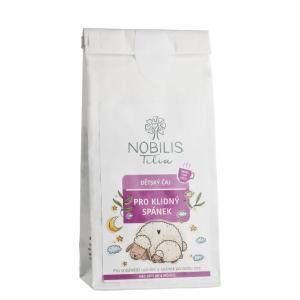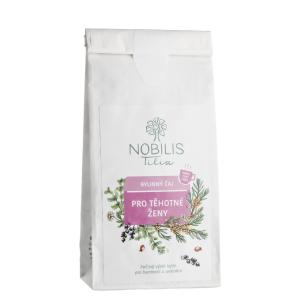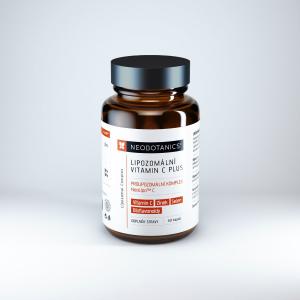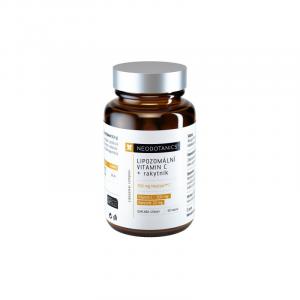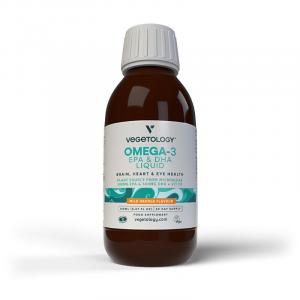
Whooping cough and its main symptoms
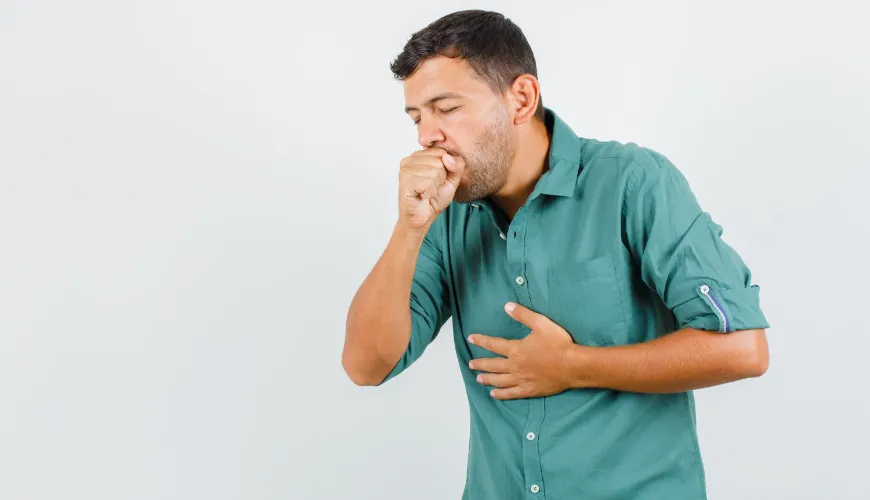
Whooping cough, also known as pertussis, is an infectious respiratory disease caused by the bacterium Bordetella pertussis. This illness was previously considered a childhood disease, but in recent decades, the number of cases among adults has increased as well. Despite the availability of vaccination, whooping cough still poses a health threat. So what are the symptoms of whooping cough and how can they be recognized?
Whooping cough has three phases, each characterized by different symptoms.
Catarrhal phase
The first phase lasts one to two weeks and the symptoms are similar to those of a common cold:
- mild fever,
- runny nose,
- sneezing,
- mild cough.
In this phase, whooping cough is most contagious, but the symptoms are often mistaken for a common cold or flu, which can make timely diagnosis difficult.
Try our natural products
Paroxysmal phase
The second phase is characterized by coughing fits that can last for several weeks to months:
- intense, repetitive coughing fits,
- a "whooping" sound of the cough followed by a deep breath resembling a crow,
- vomiting after coughing,
- exhaustion after coughing fits.
These coughing fits can be so severe that the affected person may have difficulty breathing and may even turn blue due to lack of oxygen. This phase is very exhausting for patients and often requires medical care.
Try our natural products
Convalescent phase
The third phase can last for several weeks to months:
- gradual improvement of the cough,
- reduction in the frequency and intensity of fits.
Even though the symptoms gradually improve, the patient may experience weakness and fatigue for an extended period.
How is whooping cough diagnosed?
Diagnosing whooping cough can be challenging, especially in the early stages when the symptoms are nonspecific. A doctor may use the following methods:
- clinical examination and assessment of symptoms,
- laboratory tests, such as a throat swab to detect Bordetella pertussis bacteria,
- blood tests to determine antibody levels.
Quick and accurate diagnosis is crucial for initiating treatment and preventing the spread of the infection.
How is whooping cough treated?
Treatment of whooping cough includes antibiotics that can help shorten the contagious period and alleviate symptoms:
- antibiotics such as azithromycin or erythromycin,
- supportive care, such as adequate hydration and rest,
- more severe cases may require hospitalization, especially in young children and older adults.
It is important to start treatment as soon as possible to reduce the likelihood of complications and the spread of the disease to others.
Try our natural products
Prevention of whooping cough
The most effective prevention against whooping cough is vaccination. In the Czech Republic, vaccination against whooping cough is part of the mandatory vaccination schedule for children. Adults should consider revaccination, especially if they work in high-risk environments, such as healthcare facilities or schools.
And what are other ways we can protect ourselves against whooping cough?
- adhering to basic hygiene rules, such as frequent handwashing,
- avoiding contact with infected individuals,
- strengthening the immune system with a healthy lifestyle, adequate sleep, and a balanced diet.
Whooping cough is a serious disease that can affect people of all ages. Timely recognition of symptoms and prompt treatment are key to managing this illness. Vaccination remains the most effective means of prevention, which is why it is important for both children and adults to be properly vaccinated. We should also not forget the importance of hygiene and a healthy lifestyle, which can help protect against whooping cough and other infectious diseases.
